If you have been into tabletop board gaming for any time, you have probably heard the term “Euro games.” As in, “Concordia is my favorite Euro game,” or “I’m just not that into Euro games.” But what exactly is a Euro game? How are they any different from other kinds of board games, particularly American-style games?
The boundary between a Euro game and an American-style board game is blurry. You won’t find the word “Euro” on a game box. Game stores don’t have a separate section for Euro games. Nor does the online database Board Game Geek have a Euro category.
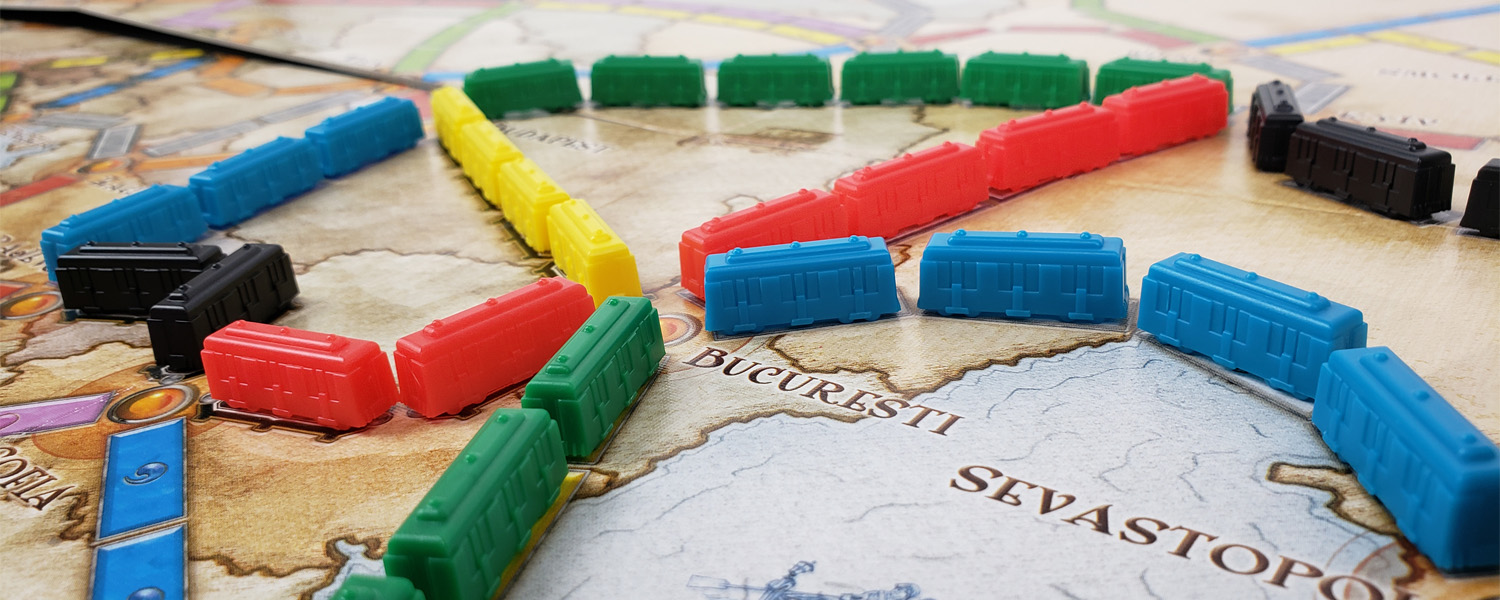
Identifying a game as a Euro game or American game is like trying to define a musical genre. Sometimes it’s clear; sometimes people can’t agree on what defines a genre or subgenre. They have intense debates over the differences between ska and rocksteady or whether a band plays speed metal or thrash metal—differences that mean little to outsiders.
Game Examples
Further complicating things, the term “Euro” comes from “Europe,” but not all games published in Europe are Euro games. And some Euro games are designed and published in North America. America games Ticket to Ride and Viticulture easily qualify as Euro games.
Other popular Euro games:
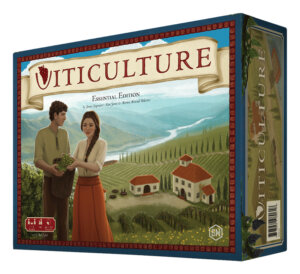
- Catan
- Carcassonne
- Ticket to Ride
- Orléans
- Concordia
- Viticulture
- Puerto Rico
- Agricola
- Power Grid
- Lords of Waterdeep
Euro games are usually contrasted with “Ameritrash” games. This was originally a pejorative term for games that were deemed less complex or overly militaristic, although it has since been adopted as a badge of honor among board gamers who just wanna blow some stuff up.
Some American-style games:
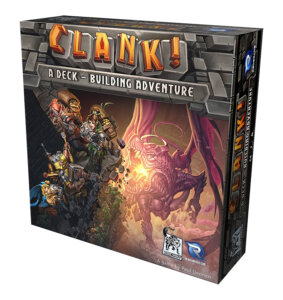
And miniatures fighting games like:
And of course some games defy easy categorization. Gloomhaven and Scythe both blend elements of European and American games.
A brief history lesson
In 1995, Die Siedler von Catan from board game designer Klaus Teuber was published in Germany. Called The Settlers of Catan in English-speaking countries (and now known simply as Catan), the game became a global smash hit, selling over 40 million copies.
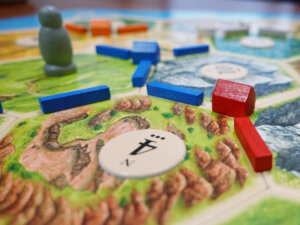
Catan introduced gamers in the U.S., who had grown up with games from Hasbro and Milton Bradley, to a new and different board game experience.
These German-designed games increased in popularity in North America, spawning an entire genre of games eventually called “Euro” games. They influenced game designers around the globe, who began making their own Euro games.
Today, the term “Euro” refers to the style of game rather than to its geographic origin. Here are the most common characteristics of a Euro game.
What is a Euro Game?
Competition, not conflict.
A primary distinctive of Euro games is that they create competition between players but no direct conflict between players. You won’t be attacking your opponents, invading their provinces, or destroying their units.
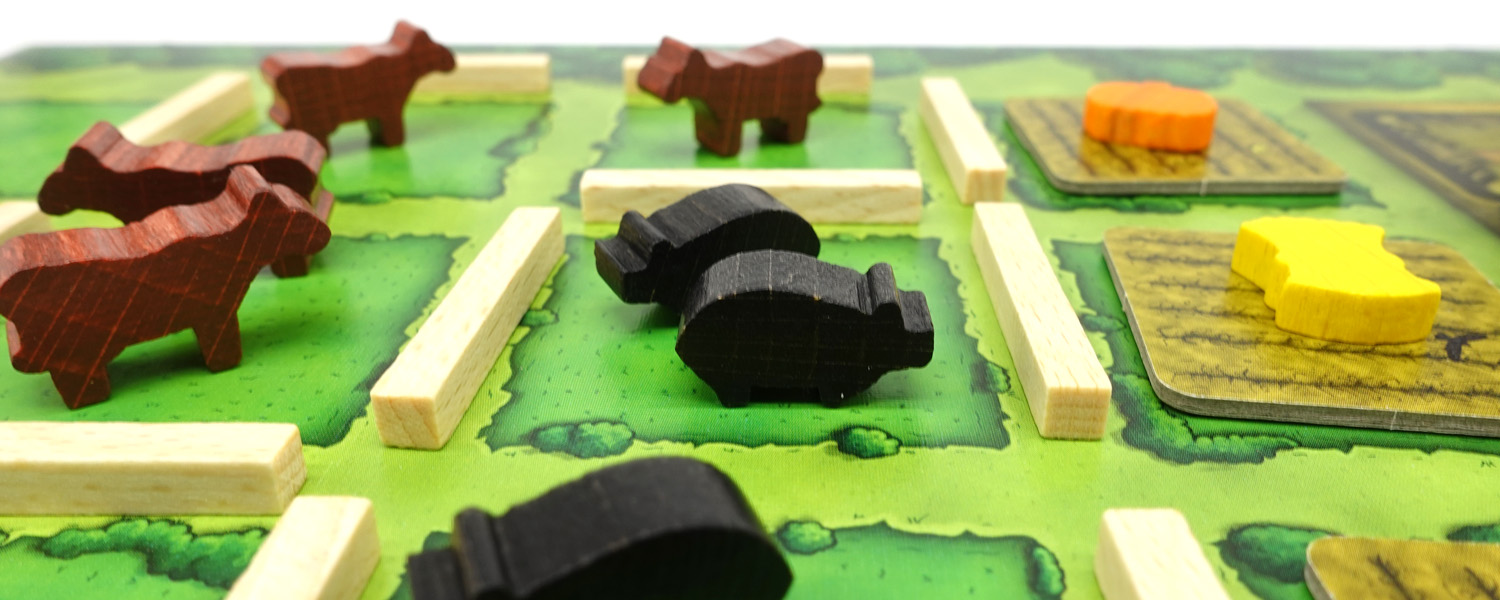
In Euros, you aren’t playing against other people as much as you are playing next to other people. Players are working to achieve their own goals and objectives. In a game like Agricola, that means building the best farm. There is competition for available actions and resources, but you won’t be invading other players’ farms to burn down their barns or steal their cattle.
American-style games often feature more direct assaults on other players with the intention of taking their territory or their money. Games like Risk or Axis & Allies are war games that necessarily involve attacking your opponents.
A Backdrop of Conflict
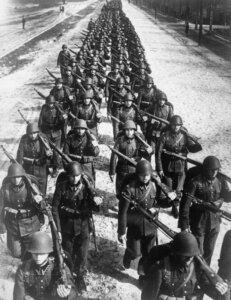
Following the horrors and defeats of World War II, board game design in Germany turned away from war games and toward games that focused more on building, producing, and economic engine-building. Europeans who had lived through war felt no need to recreate it at the dining room table. It was time to rebuild.
The war experience was different on the other side of the Atlantic. American civilians had not suffered directly in the fighting, and they were on the winning side. The victors make war games. Those whose land lies in ruins make games about building farms, cities, and trade networks.
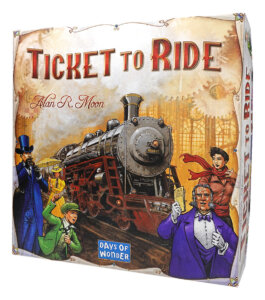
There may be less player interaction in a Euro, but that doesn’t mean you can’t do anything to trip up your opponents. You may block them from achieving a goal, like connecting two cities in Ticket to Ride. Or your opponent make take a resource you need, foiling your carefully-laid plan.
Fans of Euro games enjoy working on their own puzzles and plans with minimal interference from other players. Haters deride Euros as multiplayer solitaire.
No player elimination
As a result of minimizing player conflict, Euro games do not have player elimination. In games like Monopoly or Risk, a player can be eliminated from the game by going bankrupt or being conquered.
Even some popular modern games like King of Tokyo or Clank!: A Deck-Building Adventure can end prematurely for one unlucky player who will just have to find something else to do until everyone else is done playing.
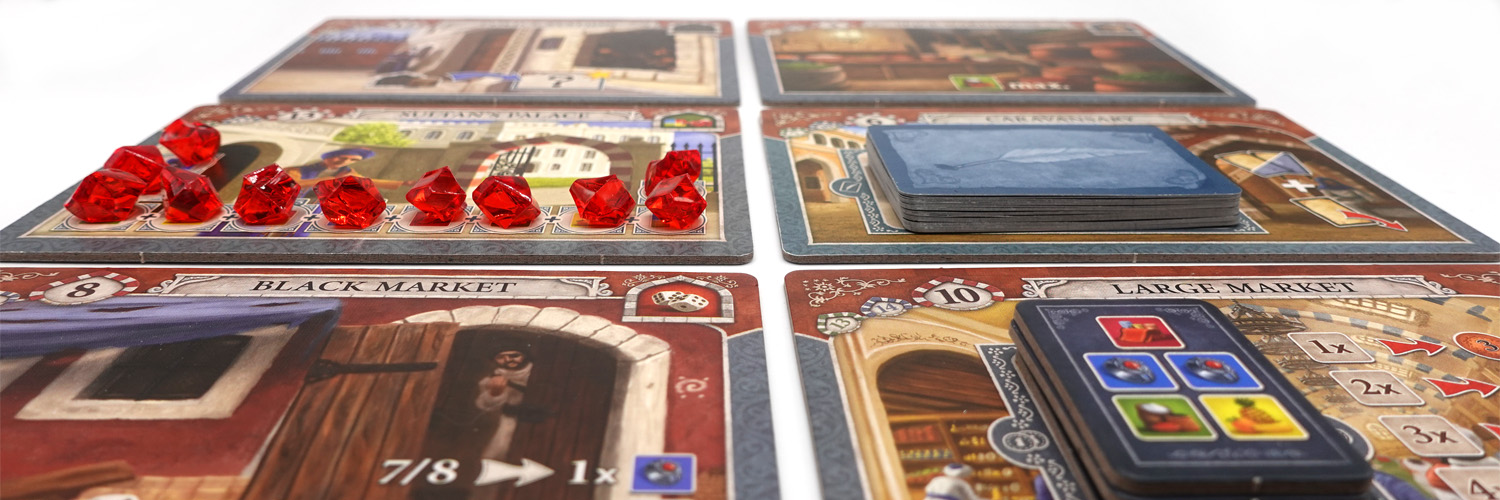
Euros are designed to be more social and to keep everyone engaged for the duration of the game. Playing board games is more mainstream in Germany than in America, where—despite a massive growth in popularity since the early 2000’s—it is still a niche hobby. Playing games together is more of a social activity than a competition. Eliminating players would detract from the social atmosphere.
Also, Euro games don’t drag on until one player comes out on top (like Monopoly.) They tend to end when meeting a predetermined condition: You played six rounds, one player runs out of trains, or someone has amassed $250 Million.
Who’s winning?
This effort to keep everyone engaged leads to another common design principle of Euro games: it is not always clear who is winning. In some games, it’s painfully obvious when one player has a commanding lead. Everyone else is forced to suffer the futility of playing for another hour even though they have no chance of winning.
Victory in Euro games often requires amassing the most victory points. These abstract indicators of economic or railroading success are sometimes tracked during gameplay, giving some indication of player progress. But often, they are not calculated until a scoring round at the end of the game.
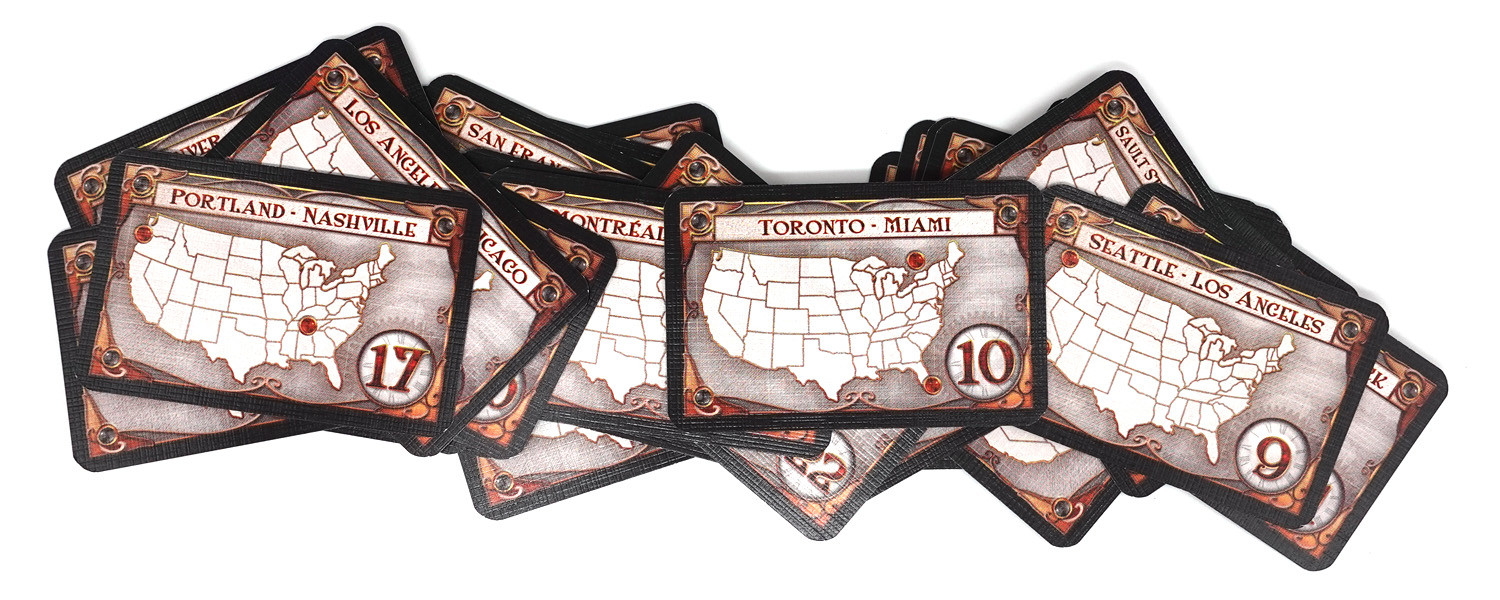
Some games, like Ticket to Ride, use a hybrid system. Players have some idea if they are doing well, but no one knows who will win until the value of all the Destination Tickets is calculated at the very end.
This uncertainty keeps players engaged until the very end, granting hope that this time—this time!—they might come away with the victory.
No dice
Euro games favor strategy over luck. They seldom use dice-rolling to determine success or failure. In contrast, many American-style games use dice to determine movement or to resolve an attack and/or assign damage.
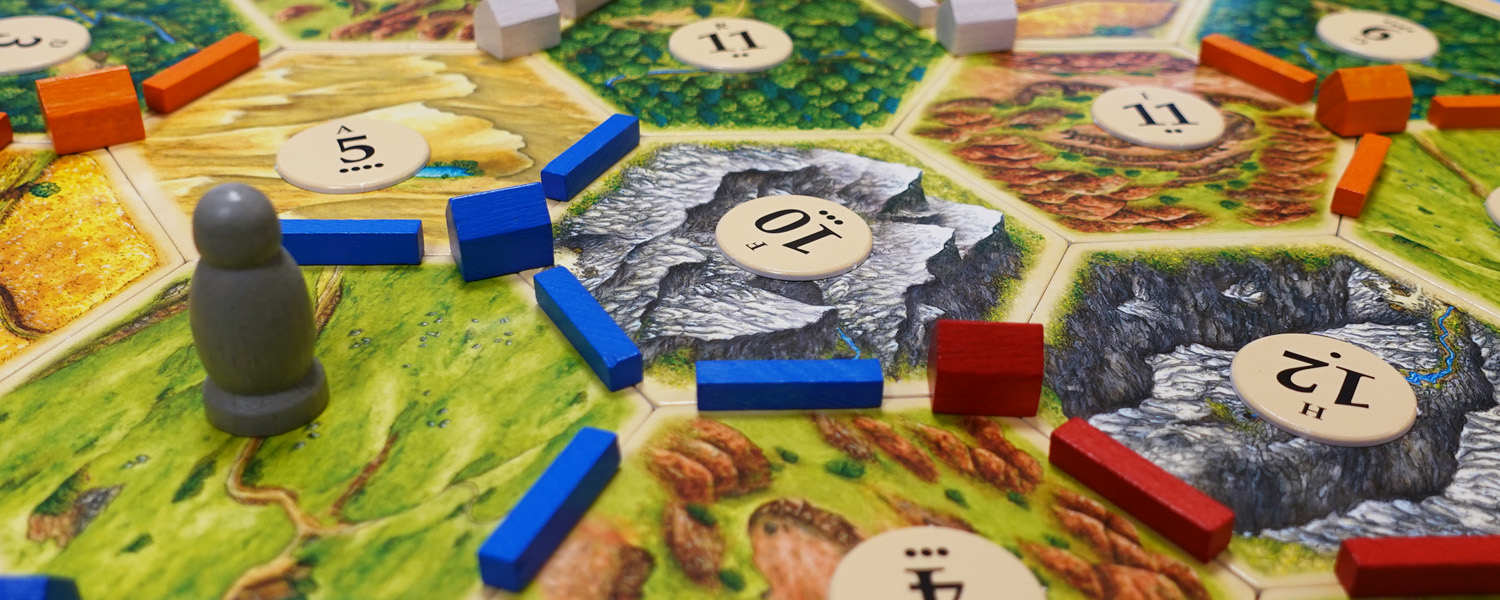
Euro games can still have some randomness, but it usually affects everyone equally, like a random board setup or random event cards drawn during the game. In Catan, you roll dice to see what resources are produced that turn, but that roll produces for everyone. If you turn in 2 Grain and 3 Ore, you build a city; there is no risk of failure.
Games from German designers reward efficiency and meticulous planning for the future. It would be frustrating to carefully craft a plan only to watch it fall apart because of an unlucky dice roll.
Euros favor game mechanics over theme
The theme in a Euro game takes a backseat to the mechanics. In many cases, there is little connection between the theme and mechanics like worker placement or set collection. Change the artwork, and a game about managing a power grid could just as easily become a game about making cheese. The gameplay would be the same.
American-style games, in contrast, emphasize the theme. It’s often a combat-heavy theme like conquering the world or eradicating aliens or zombies or alien zombies. The mechanics are often simple and serve to support the theme.
Themes in Euro games are more peaceful; they often center on trading, gathering and managing resources, or building an economic “engine” that will progressively yield compounding benefits.

Even the components in Euros are more abstract. They are famous for moving colored wooden cubes around the board. A blue cube could represent water or maybe indigo or even electricity. American-style games are glutted with plastic miniatures that look exactly like what they represent, like a mech or monster.
Choices, choices, choices
Euros also aspire to offer players many meaningful choices. On each turn, a player has a smorgasbord of actions to select from. And it is not always clear which choice will be the best.
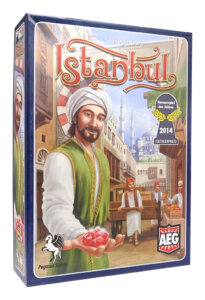
There are usually many ways to earn victory points. Since winning is determined by these points, there are multiple paths to victory. In a game like Istanbul, for instance, the winner is the first player to acquire five rubies. But those rubies could be obtained by gathering and trading other resources, or by earning money and then buying them, or by getting Mosque tiles.
The best strategy would require some combination of those approaches and could change from game to game based on the random board setup and the actions of the other players.
Many American-style games are more linear—there is a clearer path to victory. The games we grew up with as kids, like Candy Land, are extreme examples. There is literally one shortest path, and the winner is the player who moves along it the fastest.
Are Euros right for you?
Those who love Euro games enjoy them because they offer rewarding puzzle solving and deep strategy. Because no one is attacking you or stealing your stuff, there are fewer hard feelings around the table; no one feels unjustly picked on.
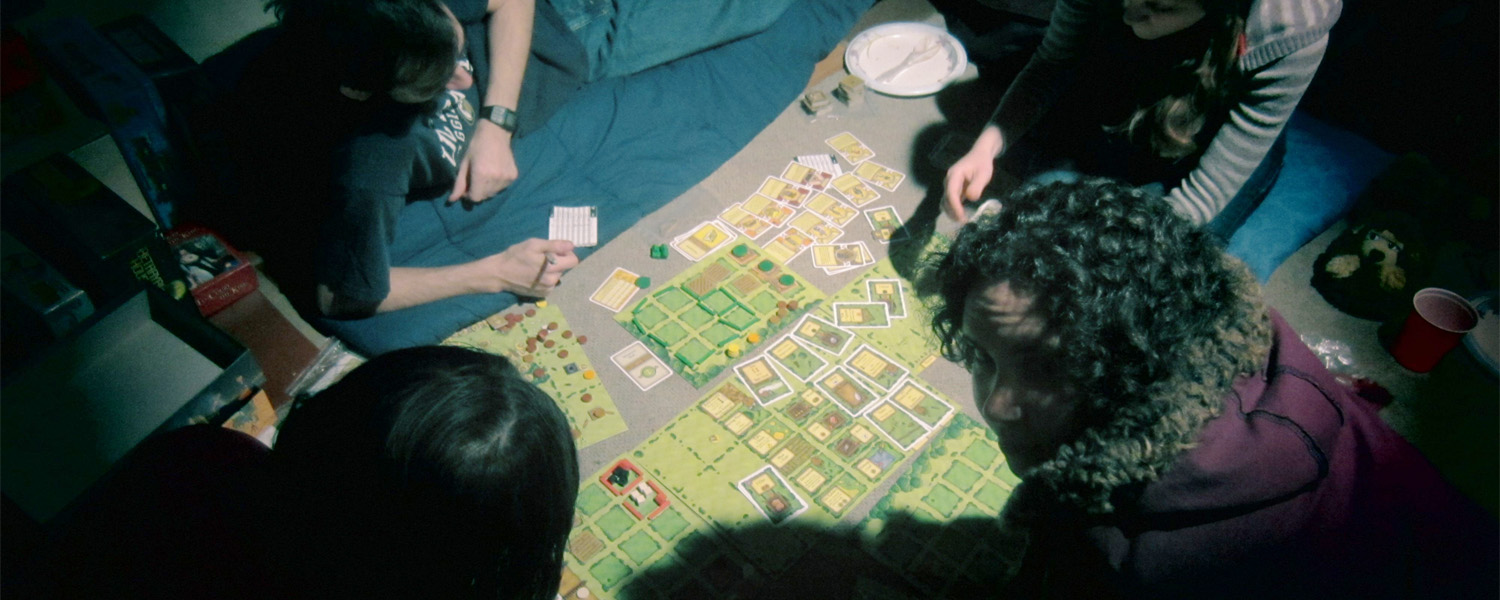
Many Euros give players the opportunity to create something, so they can be fun even if you are losing. When I look at my farm at the end of a game of Agricola, I really don’t care if I won or lost. Look at all my sheep! Maybe your farm scored you more points, but my farm is still pretty cool.
Ameritrash aficionados miss the adrenaline of head-to-head conflict. And to be fair, some Euros have so little player interaction that the players might as well be sitting around a table playing their own game of solitaire. New players also find that the lack of luck makes it difficult for them to compete against an experienced player.
Euro games are among the most popular board games played today. Most of the top 100 games on Board Game Geek fit this category. If you enjoy far-sighted strategy, an abundance of gameplay options, and the satisfaction of building something, then gather your little wooden cubes and play a Euro game this weekend!
Written by John David Thacker
John David is a freelance writer specializing in board games and the board game industry.
[ Read: Board Game App: Friend or Foe? ]
